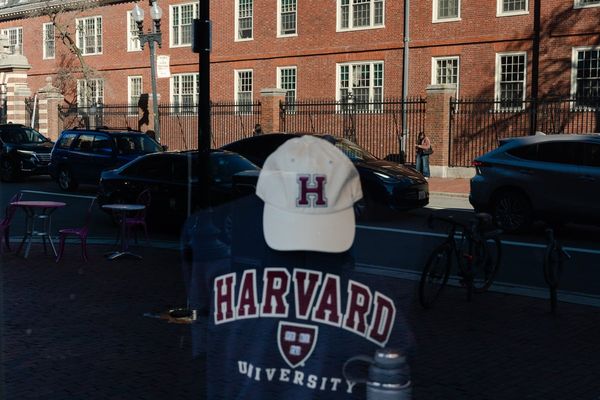
The great 19th-century designer William Morris wasn’t thinking of a £2 floral iPhone cover when he wrote “Tomorrow, the civilised world shall have a new art, a glorious art, made by the people and for the people.” In his lifetime he failed in his dream of making art for all, while paying his workers fairly. Only the homes of the wealthy were decorated by Morris & Co. As he feared, he had simply been “ministering to the swinish luxury of the rich”.
But today his designs can be found everywhere, from John Lewis to Chinese online marketplace Temu. His Strawberry Thief print is the most popular item in the V&A museum shop, and the internet is awash with AI-generated posters for fake William Morris V&A exhibitions. A new show, Morris Mania, at the William Morris Gallery in Walthamstow, explores how his botanical prints went viral, with a callout to the public to loan their own Morris ephemera.
Morris would be thrilled and appalled at this democratisation of his work. His legacy, like his life, is one of contradictions: he was a radical socialist and hugely successful businessman, who made wallpaper for Queen Victoria; a passionate champion of craftsmanship and workers’ rights, whose designs have become a template for mass-produced tat.
An early environmentalist, he raged against the waste and pollution of the industrial age. His 1890 utopian sci-fi novel News from Nowhere imagined a future in which there is no money, private property or big cities. In the end, he thought only upending the whole capitalist shebang would do. But Morris’s ideals survived into the next century, influencing political thinking about the arts. Labour’s Clement Attlee, Aneurin Bevan and Tony Blair were all fans. The ethos behind the Design Council, which celebrates its 80th anniversary this month, was not just to help rebuild the economy after the second world war but to improve people’s everyday lives. Shops like Habitat and designers such as Terence Conran took up Morris’s challenge to bring good design to the high street. In the return to “Victorian values” of the Conservative 1980s, Laura Ashley filled homes with Morris-inspired soft furnishings. Even British nuclear submarines were upholstered in his rose-print linen (Morris would not have approved).
Now we are having another Morris moment. Perhaps the joyful expression of nature in his patterns is the key to their enduring appeal. His motto, “Have nothing in your houses that you do not know to be useful or believe to be beautiful”, may have struck a chord in lockdown. Gen Z turned to crafting, and “cottagecore” took off. For many, our homes are also our offices; we want them to be “beautiful”.
Morris has always been design’s visionary and conscience. Today, we need him more than ever. As Morris mania proves, designers – however unwittingly – have played no small part in fuelling overconsumption. They have the power to shape our world and future. Eighty per cent of the environmental impact of any new product is determined at the design stage. Good design is no longer just about form and function. Designers are responding to the climate emergency with innovations that are aesthetic and sustainable.
As globalisation itself is under scrutiny thanks to US tariffs, Morris reminds us to think about where goods come from and how they were made. Do you really need that cheap Strawberry Thief-patterned toothbrush holder?
Do you have an opinion on the issues raised in this article? If you would like to submit a response of up to 300 words by email to be considered for publication in our letters section, please click here.







